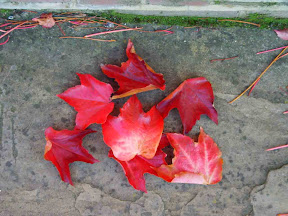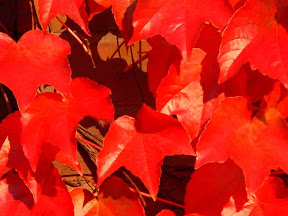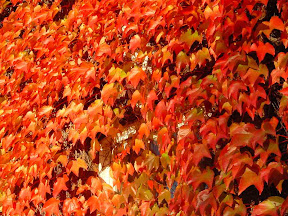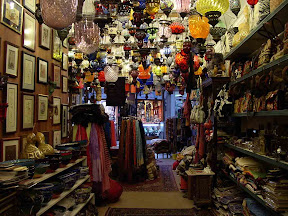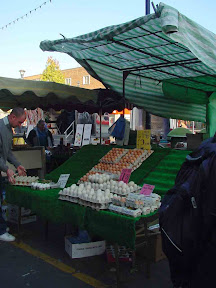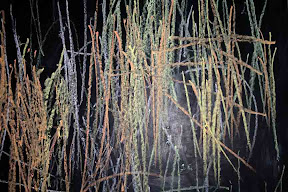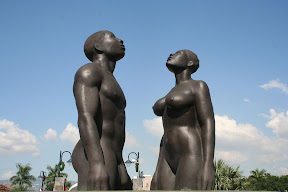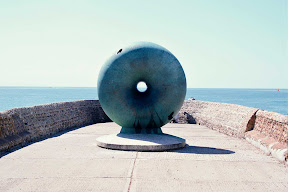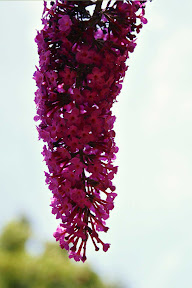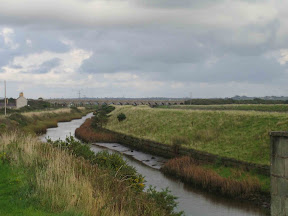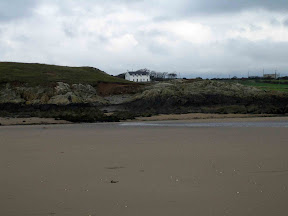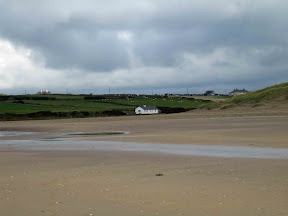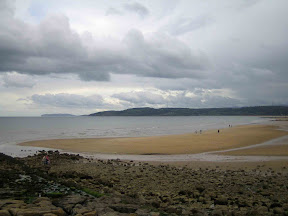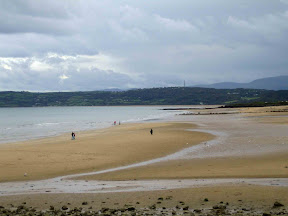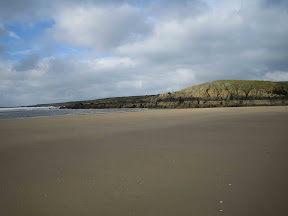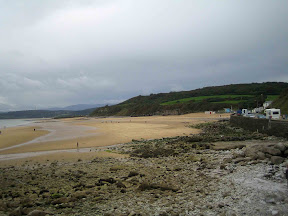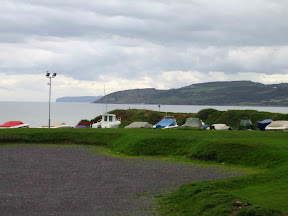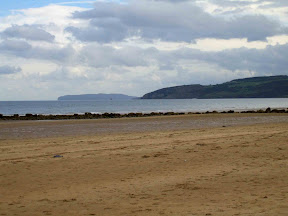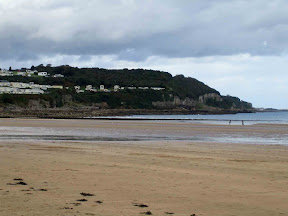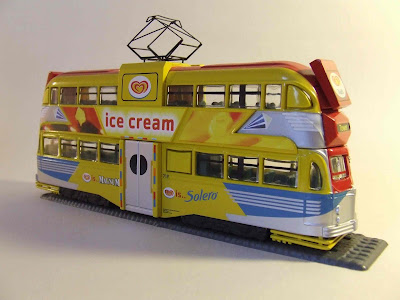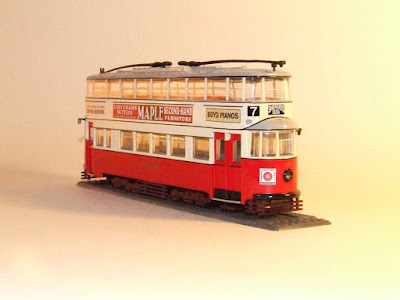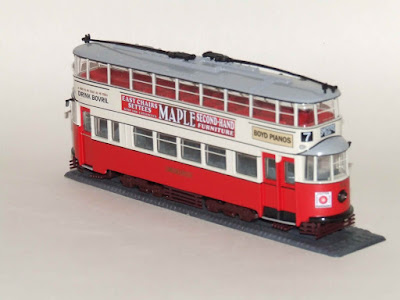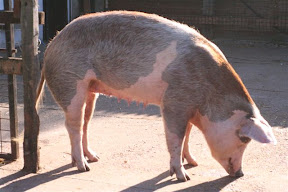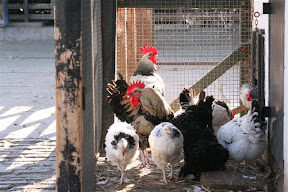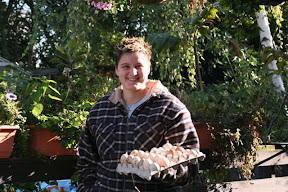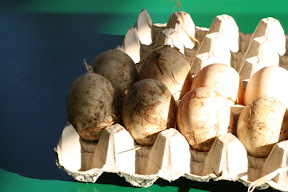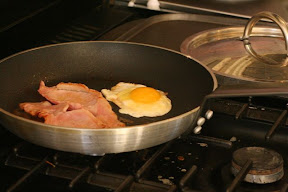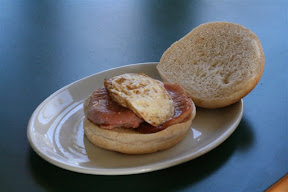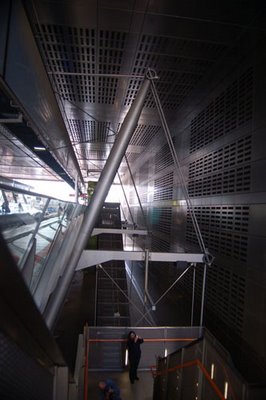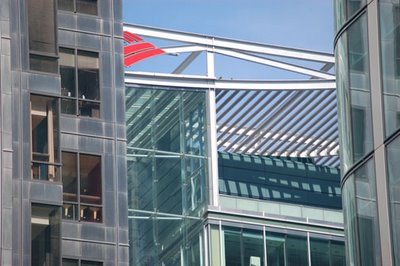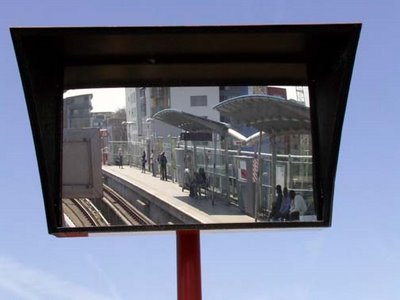A resource for students of Community Education Lewisham, and a showcase of some of their published work. Copyright of all images exclusively retained by individual students of CEL.
20/12/2006
Making The Most Of This Course
The whole point of this course is to learn how to use the equipment and software efficiently, skilfully and with imagination. Some students will want to use this course as work-related training, others will have different motives ranging from involvement in community groups to simply wanting to learn something new, all reasons are equally valid, and this course will try to satisfy, or even exceed, everyone’s needs.
________________________________________________________________________
Specific Aims:
Learning Goal 1: Advantages and disadvantages of Digital Photography.
Learning Goal 2: Using the camera.
Learning Goal 3: Understanding composition and creating interest.
Learning Goal 4: Publishing - Online and print.
________________________________________________________________________
Things you will need
1) Floppy disks or blank CDs for storage and transfer of files.
2) A4 ring binder, ideally with clear pages for artwork and notes.
3) General drawing and sketching materials.
Assessment - ‘Am I getting this?’
This is not an accredited course, and there is no examination or formal qualification attached. The only evidence of your achievements over the weeks will be what you produce yourself. The following will help to assess your progress throughout the course.
1. Work based practical assessment
This is confirmed with practical projects. The projects may be taken at any time during the course and you may repeat assignments that you are not happy with. If you have any real-life projects to do (community newsletters, business cards, brochures etc) feel free to use course time to get them done AS LONG AS THE JOB IS DONE TO A WORKING BRIEF.
2. Keep a Log Book
You should maintain and regularly update a Log Book throughout the course, creating an accurate record of your progress. This should contain, preferably in some sort of chronological order, any preparatory sketches for practical projects, proof prints done during sessions, notes of short-cuts or personal discoveries made by you or anyone else in the group, or any other items which you feel have contributed to your progress during the course.
As well as providing material evidence and reminders of your progress, keeping a log does bring some discipline to your work, and gives you a sense of control over your efforts. As this course is not accredited in any way, evaluation is partly in your own hands. The earlier this process begins the better. Such a record would also be valuable interview material for those intending further study.
3. Build a Portfolio of work.
If you have access to similar equipment and software at home or work you can undertake your own practical projects which can be submitted as support to the main assignments. If you do not have access to equipment you can use traditional methods to ‘mock up’ documents, either with hand drawing or cutting and pasting elements together.
4. Build a Scrap book.
Your book may contain work from magazines, newspapers, leaflets, posters etc. that you admire. You may also want to make notes about what you like about that particular style. You can also collect styles of DTP that you don’t like. You will find these useful references in the future for your own practical work.
5. Try a Bit of Everything.
Look at as many different kinds of images as you can. Sites like Flickr and Picasa Web Albums are very useful, and form a core element of this course. As your body of work grows, and you do different things with your images, you will more use for online storage sites such as Photobucket, Windows Live, Photobox, and Webshots. Online print services such as Truprint or your camera maker's are also very useful and can save a lot of time trouble and money on desktop printers which often give questionable quality and permanence.
6. Again! Again!
If you have ever tried to learn a language or musical instrument, this course should be a familiar experience. If you succeed in mastering a sequence of commands and are satisfied with the result, don’t sit back and gloat. Do it again. And again. Resist the temptation to rush on to the next step in order to ‘get the job done.’ Take time to master each step, repeating it until it becomes automatic. Only in this way can you overcome the initial manual problems and let your creativity loose.
________________________________________________________________________
Specific Aims:
Learning Goal 1: Advantages and disadvantages of Digital Photography.
Learning Goal 2: Using the camera.
Learning Goal 3: Understanding composition and creating interest.
Learning Goal 4: Publishing - Online and print.
________________________________________________________________________
Things you will need
1) Floppy disks or blank CDs for storage and transfer of files.
2) A4 ring binder, ideally with clear pages for artwork and notes.
3) General drawing and sketching materials.
Assessment - ‘Am I getting this?’
This is not an accredited course, and there is no examination or formal qualification attached. The only evidence of your achievements over the weeks will be what you produce yourself. The following will help to assess your progress throughout the course.
1. Work based practical assessment
This is confirmed with practical projects. The projects may be taken at any time during the course and you may repeat assignments that you are not happy with. If you have any real-life projects to do (community newsletters, business cards, brochures etc) feel free to use course time to get them done AS LONG AS THE JOB IS DONE TO A WORKING BRIEF.
2. Keep a Log Book
You should maintain and regularly update a Log Book throughout the course, creating an accurate record of your progress. This should contain, preferably in some sort of chronological order, any preparatory sketches for practical projects, proof prints done during sessions, notes of short-cuts or personal discoveries made by you or anyone else in the group, or any other items which you feel have contributed to your progress during the course.
As well as providing material evidence and reminders of your progress, keeping a log does bring some discipline to your work, and gives you a sense of control over your efforts. As this course is not accredited in any way, evaluation is partly in your own hands. The earlier this process begins the better. Such a record would also be valuable interview material for those intending further study.
3. Build a Portfolio of work.
If you have access to similar equipment and software at home or work you can undertake your own practical projects which can be submitted as support to the main assignments. If you do not have access to equipment you can use traditional methods to ‘mock up’ documents, either with hand drawing or cutting and pasting elements together.
4. Build a Scrap book.
Your book may contain work from magazines, newspapers, leaflets, posters etc. that you admire. You may also want to make notes about what you like about that particular style. You can also collect styles of DTP that you don’t like. You will find these useful references in the future for your own practical work.
5. Try a Bit of Everything.
Look at as many different kinds of images as you can. Sites like Flickr and Picasa Web Albums are very useful, and form a core element of this course. As your body of work grows, and you do different things with your images, you will more use for online storage sites such as Photobucket, Windows Live, Photobox, and Webshots. Online print services such as Truprint or your camera maker's are also very useful and can save a lot of time trouble and money on desktop printers which often give questionable quality and permanence.
6. Again! Again!
If you have ever tried to learn a language or musical instrument, this course should be a familiar experience. If you succeed in mastering a sequence of commands and are satisfied with the result, don’t sit back and gloat. Do it again. And again. Resist the temptation to rush on to the next step in order to ‘get the job done.’ Take time to master each step, repeating it until it becomes automatic. Only in this way can you overcome the initial manual problems and let your creativity loose.
09/12/2006
Photographing the Past. Studio Nan Versus Remembered Nan
Original. 'Nan' photographed as quickly as possible.


More like the Nan as remembered. The photograph the photographer would have preferred to have taken, if he'd had the time. Courtesy of image manipulation.
The question of this 1950's remembrance image was, 'Is this how you remember your grandmother?'. Obviously, the photographer was not being paid enough to take a great deal of trouble over 'conveying the character' of the sitter.
The next question is therefore whether to adjust it to be more faithful to the memory of the sitter is to be unfaithful to historical truth.
Does emotional truth take precedence over the chemical record of the moment, snatched briefly without any sympathy with the sitter, or much real consideration of the needs of the target audience for the photograph?
The slight rotation of the head, plus 'smearing' of the edges of the mouth with Photoshop make the photographed Nan more like the real Nan, according to her grand-daughter. Which reality is truer?
07/12/2006
06/12/2006
Breakfast Project.
A combination of documentary and studio skills. Key element: White Balance.
01/12/2006
03/08/2006
Subscribe to:
Posts (Atom)
